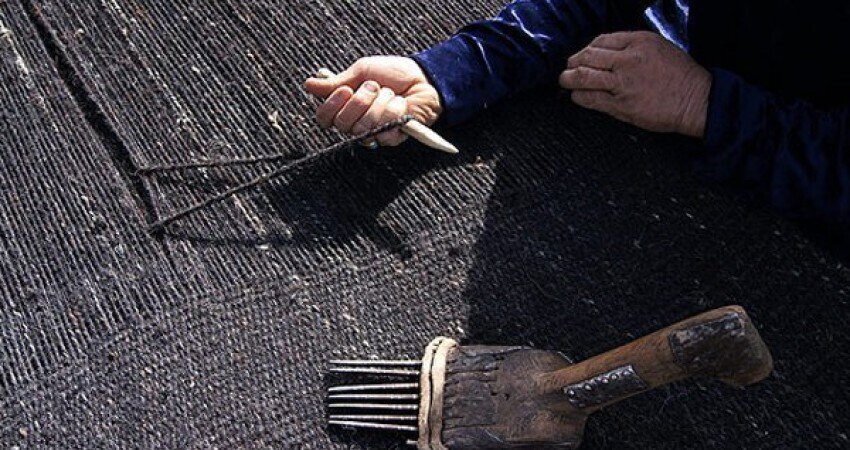Reviving traditional arts crucial for handicraft industry, deputy minister says

TEHRAN – Maryam Jalali Dehkordi, Iran's deputy minister for handicrafts, has stressed on the importance of reviving traditional arts and creating new products to promote the handicraft industry.
The responsibility of Iran's handicraft sector includes product creation, marketing, and entrepreneurship, and it is important to have new products that pay attention to the environment and cater to modern needs, Jalali Dehkordi said on Thursday.
"Our wise and talented ancestors were able to create and use everything with the available raw materials,” she noted.
“In today's world, we have a duty to revive this art and connect it with development and new products from these raw materials," she added.
She also called for cooperation from all sectors of the country, including universities, knowledge-based companies, and executive areas, to empower entrepreneurs and encourage trade in this industry.
She emphasized on promoting the value chain of this industry from education to the sale of authentic art, which tells beautiful and wise stories.
According to available data, handicrafts sector of the country has generated jobs for more than 2.5 million people, of which some 1.5 million are registered in government databases and around 0.5 million are licensed workers.
So far, a total of 13 cities and three villages in Iran have been registered by the World Crafts Council as “world cities” of handicrafts.
From exquisite carpets to subtle miniature paintings, and from turquoise inlaid objects to floral potteries, each one hints at skills passed down from generation to generation.
The country’s skilled artisans use raw materials like woods, bones, silk, wool, copper, silver, gold, and gemstones to create exquisite handicrafts. They perform a miracle by infusing their sentiments and cultural ideas into these traditional handicrafts. Because of this, Persian artwork is incomparably valuable compared to many other works of art from around the world.
SAB/
